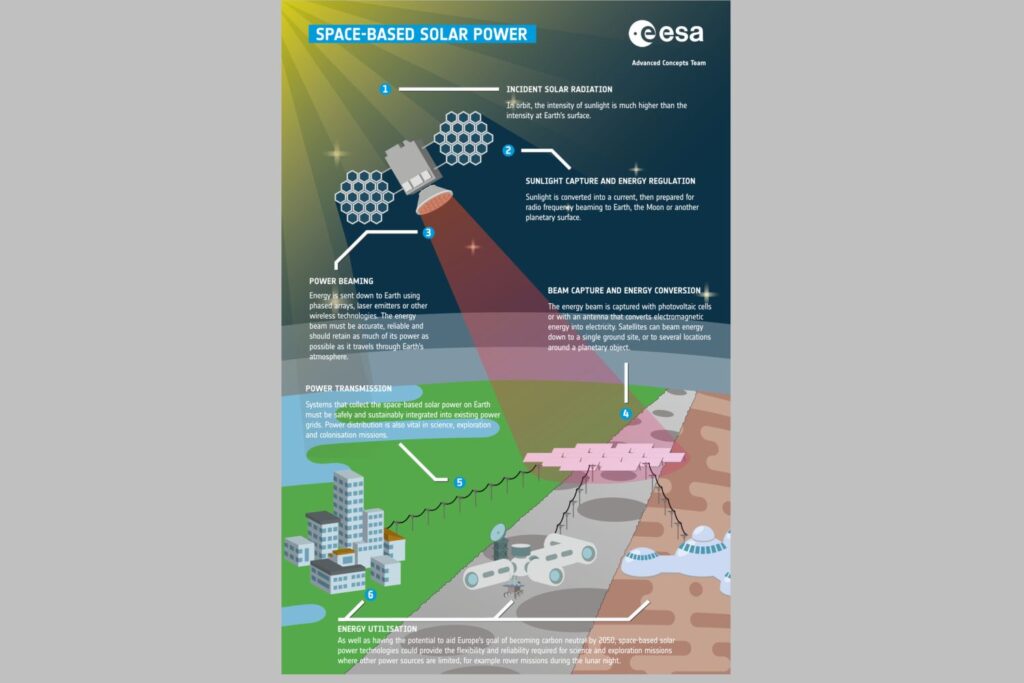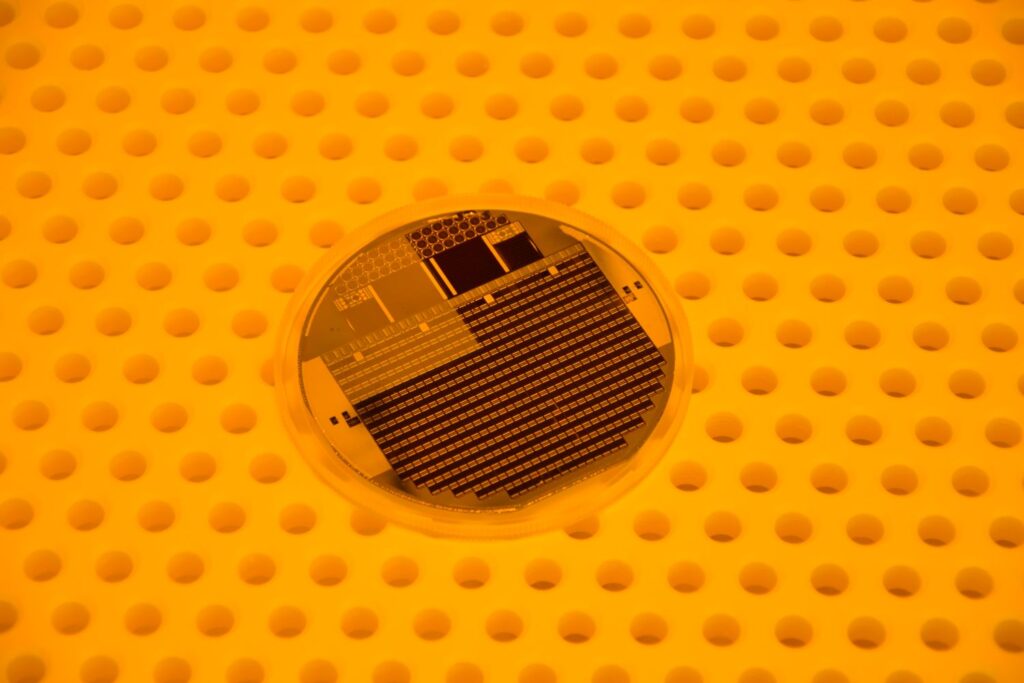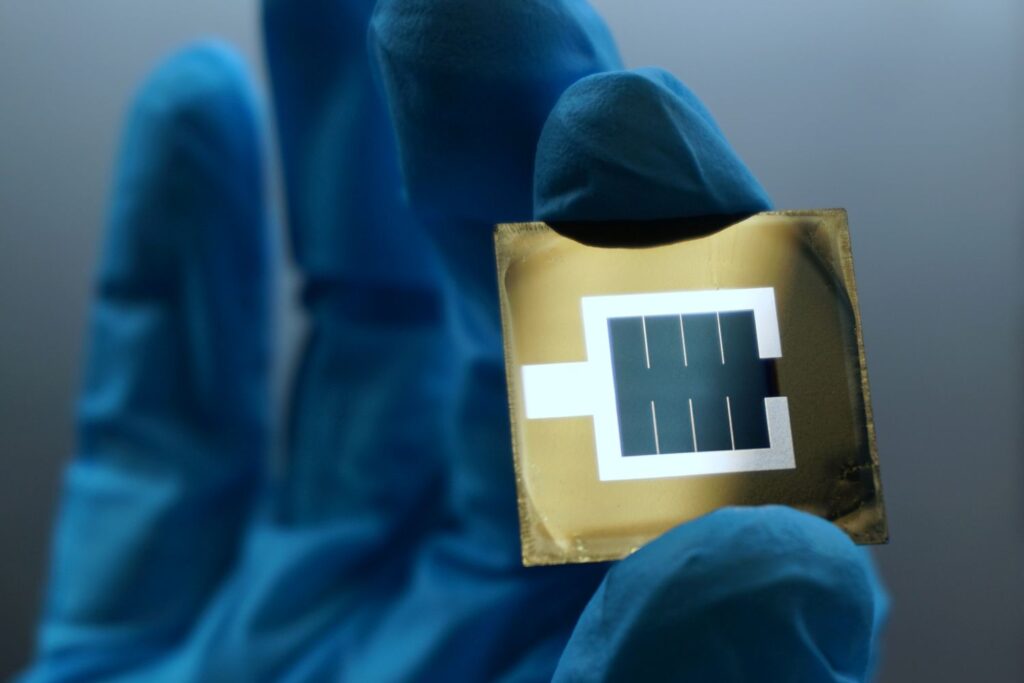Discovering New Layers in Photovoltaics
Author: Joachim Geiger
Photovoltaics are a beacon of hope for shaping a future free of CO2. Yet the technology will only reach its full potential if it manages to considerably improve its efficiency. European scientists are leading the way in the quest for greater efficiency and sustainability.
If the EU Commission had its way, the deep sleep of photovoltaics in Europe would soon be superseded by a swift awakening. According to a paper on the EU strategy for solar energy, published in the middle of May 2022, Brussels gives this energy source high priority in order to bring the European Green Deal to a good conclusion and end the dependence on fossil fuels from Russia. An expansion of capacities is necessary – for solar systems on roofs as well as for large-scale solar plants. On the other hand, it is clear that sufficient land for the construction of solar modules is limited. The Commission therefore sees the real challenge in the technological sector: A new generation of high performance solar cells that set new standards in terms of efficiency and sustainability must be the development goal.
The classic silicon solar cell´s efficiency is limited
The solar research community is already pushing hard to raise the energy yield of solar cells and their absorption of light energy to a new level. It is quite possible that the classic silicon solar cell will fall by the wayside. With a market share of over 90 percent, this type of cell is still top dog on the market. However, its efficiency, which indicates how much electrical energy is generated by incident sunlight, is limited – common monocrystalline solar cells achieve values between 20 and 22 percent. However, Chinese solar technology company Longi achieved an efficiency of 26.81 percent in the laboratory late last year, which should also be reproducible in mass production of cells. Even though, in this case, almost three quarters of the solar energy still does not contribute to electricity generation, this result represents a veritable top performance – after all, the physical limit for the efficiency of a silicon solar cell is around 29 percent.
Solar cells process sunlight in different spectra
To a certain extent, this handicap is built into the cells themselves. They essentially consist of a silicon layer doped negatively and positively with foreign atoms, in which only a comparatively small part can be used energetically. The light quanta (photons) radiating into the so-called space charge region, release electrons from their bonds, which then generate an electric current in the conductors. Incident sunlight plays a central role in this process. The silicon layer mainly processes light waves in the near-infrared range – meaning that a large part of light energy at other frequencies is lost. This limitation can be overcome by new solar cell designs. Renowned institutes such as the Karlsruhe Institute of Technology (KIT), the Bergische University Wuppertal, the Ecole Polytechnique Fédérale de Lausanne (EPFL) and the Helmholtz-Zentrum Berlin for Materials and Energy (HZB) are already working on the next technological leap: the tandem solar cell, first presented in 2015.
The combination of different semiconductors improves luminous efficacy
The idea is to expand the capacities of a simple solar cell by combining it with another layer. The combination of silicon and perovskite is promising – the latter is a mineral that can be used with little energy input and at low cost. The interaction of these materials defines new energy limits because the two layers each operate in different regions of the light spectrum. The upper layer processes high energy light with shorter wavelengths, while the layer below processes lower energy light at longer wavelengths. This way, the available light energy can be better utilized, which in turn improves the cell’s efficiency.


One world record chases the next in regard to tandem solar cells
Berlin-based HZB is currently ahead in the neck-and-neck race for the efficiency of tandem solar cells. By the end of 2021, researchers at the institute had already achieved an efficiency of 29.8 percent with a cell based on silicon and perovskite – setting a world record. Just one year later, they hit an even higher mark. A newly developed tandem solar cell from the Berlin company achieved an efficiency of 32.5 percent. These are purely laboratory values, however, which are likely to be somewhat lower in practice. Still, benefits of the new technology are obvious: Thanks to the increased efficiency, solar systems with higher output can be realized across the same surface areas.
The most powerful solar cell is about to reach the 50 percent mark
The potential of tandem solar cells could be even higher if new materials entered the game. Researchers at the Fraunhofer Institute for Solar Energy Systems ISE have developed a model in the laboratory that takes them one step further than their colleagues in Berlin. They combine two tandem cells to form a quadruple solar cell in which they use different semiconductor materials based on elements like indium (In), gallium (Ga), aluminum, and phosphorus (P). The layers, stacked on top of each other, allow the Freiburg researchers to use highly concentrated sunlight in a broad spectrum extending into the infrared range. The spectacular yield: an efficiency of 47.6 percent. It would only get better if the sun were able to shine twenty-four-seven with high intensity on such modules.
European Space Agency plans solar installations in Earth orbit
The European Space Agency (ESA) already has its sights set on the beautiful dream of “extraterrestrial solar systems”. Stationed in Earth orbit, satellites with solar modules could transmit the collected solar energy to the power grid via high-frequency radio waves and receiver antennas on Earth. This scenario is anything but science fiction – consulting firms Frazer-Nash and Roland Berger have both established the feasibility of this technology in relevant studies. They say that 800 terawatt hours of solar energy could be generated annually starting in 2050 – which is about a third of the European Union’s electricity generation in 2020. ESA has now launched Solaris 2, a project to clarify the technological and financial requirements for implementing space-based solar power.
North America and China lead the way in space based technologies
The Space Agency’s member states have until 2025 to decide whether they want to venture into this technology. By then, the US is likely to have staked its claims in orbit. Scientists at the California Institute of Technology (Caltech) launched a research satellite with specially developed solar cells into space in early January 2023. China is also already on the long march toward space-based solar power. By 2030, China plans to install a test station in space to explore the opportunities offered by this future technology.
DEKRA services in the field of photovoltaics
Photovoltaic systems testing: Reliably generating energy with PV systems
Power generation by means of photovoltaic (PV) systems will be a mainstay of our future energy supply. It is therefore all the more important that the systems function efficiently and reliably. Our experts accompany you in all phases of your systems’ life cycles to provide you with comprehensive support as a system builder, operator, or investor
. Read more.
DEKRA with new test center for renewable energies in China: Solar testing laboratory opened in Shanghai
DEKRA recently inaugurated a testing center for renewable energies in Shanghai, China. The globally active expert organization is thus meeting the Chinese solar industry’s growing demand for high quality testing and certification services.
Read more.


